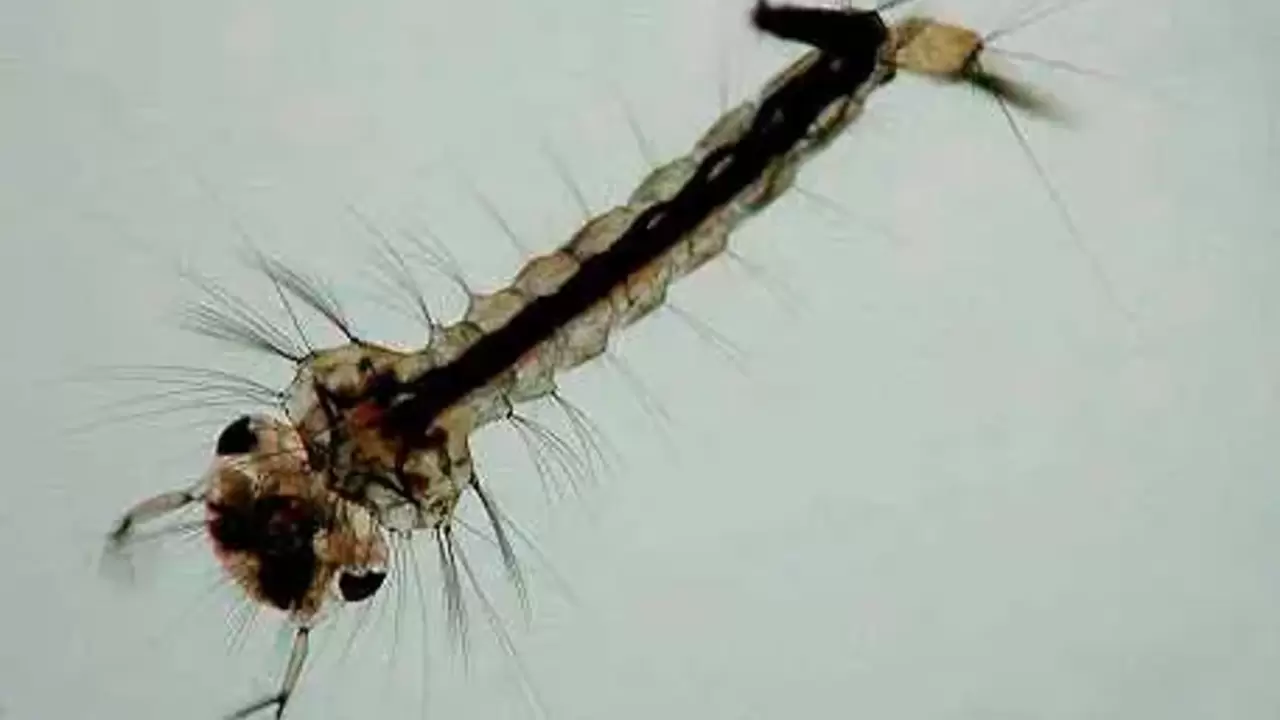Scientists demonstrated how mosquito larvae studied in a recent study published in the Annals of the Entomological Society of America catch their prey with lightning strikes.
Robert Hancock and his co-authors selected three species of mosquito larvae for their experiment. Toxorhynchites amboinensis, Psorophora ciliata and Sabethes cyaneus.
The researchers caused the attacks by placing the predatory larvae in water wells and then bringing live prey larvae to them with jewelery tweezers. The behavior was video recorded using high-speed microcinematography. They analyzed the resulting video footage to gain insight into the larva’s anatomy and the sequence of movements involved in their attack.
and Tx. amboinensis and Ps. ciliata are so-called “obligate” predators, which means they must consume the larvae of other insects. “Tx. amboinensis and Ps. ciliata seem to converge on a similar mechanical strategy for preying on mosquito larvae,” the authors write.
Sabethes is a “facultative” predator that only occasionally feeds on other larvae; they can also feed on microorganisms and therefore have developed a distinctly different strategy for catching prey. They don’t have a harpoon headshot. Instead, Sabethes larvae use their tails.
The effects of all three species examined during the experiments lasted for 15 milliseconds. According to Hancock, this time interval indicates that this behavior is almost reflexive in nature.
Source: Ferra










